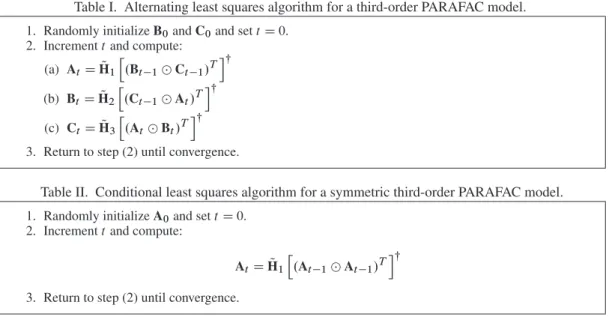Nonlinear system modeling and identification using Volterra-PARAFAC models
Texte intégral
Figure




Documents relatifs
In the AFM-enabled indentation of brain tissue illustrated herein, we measured viscoelastic properties using creep compliance and force relaxation1. Because of the small scale of
The higher density of strong Lewis acid sites on natural and ammonium-modified zeolite samples seems to favour the reaction between adsorbed toluene at Brønsted acid sites and
Of the variables tested, the PDMS thickness, pad-to-lead interface shape, and width of leads can be deemed inconsequential design parameters in the improvement
Determinantal point processes (DPPs) are specific probability distributions over clouds of points that are used as models and computational tools across physics,
In this section, we prove a stability result for backward stochastic nonlinear Volterra integral equation assuming local Lipschitz drift.. Moreover we consider the
In this work, we argue that for bilinear (or more generally, linear-analytic) systems, the Volterra kernels in the so-called regular form are naturally structured in the form of
Population qui croit aussi le plus fortement en Europe, la France ne compte pas encore dans le monde de la finance islamique, sauf quelques banques qui sont actives sur ce





